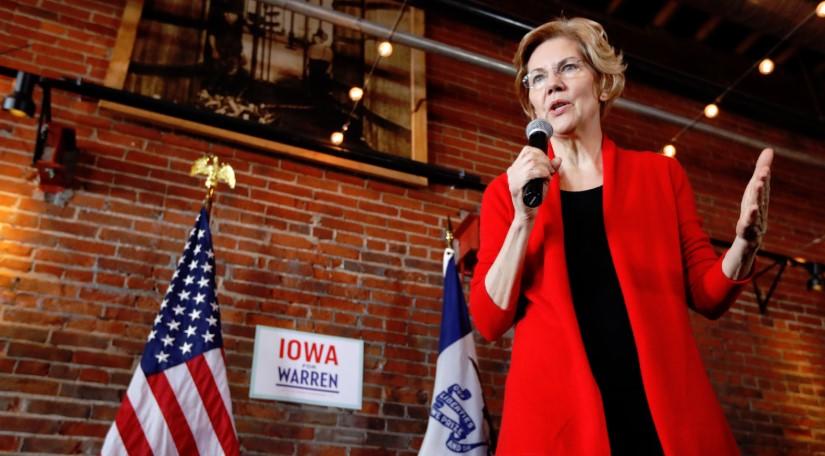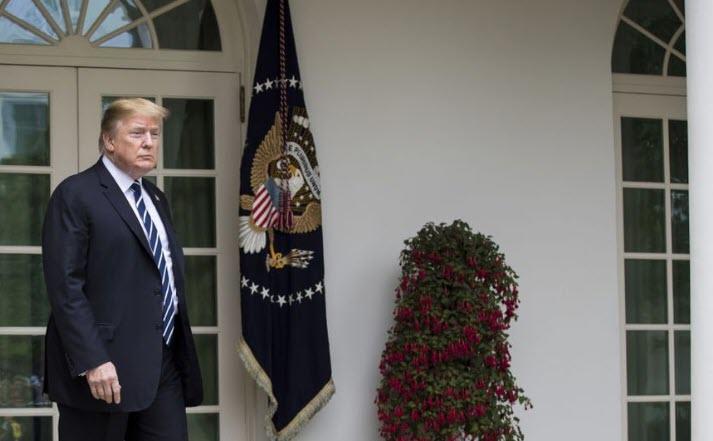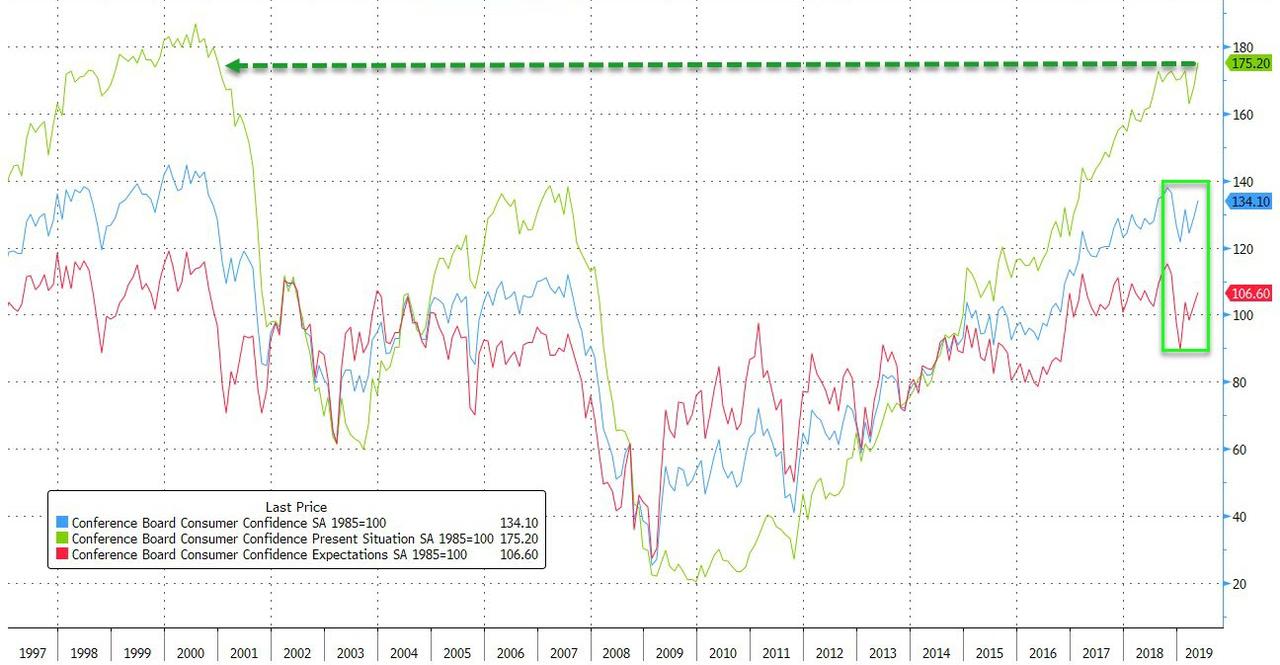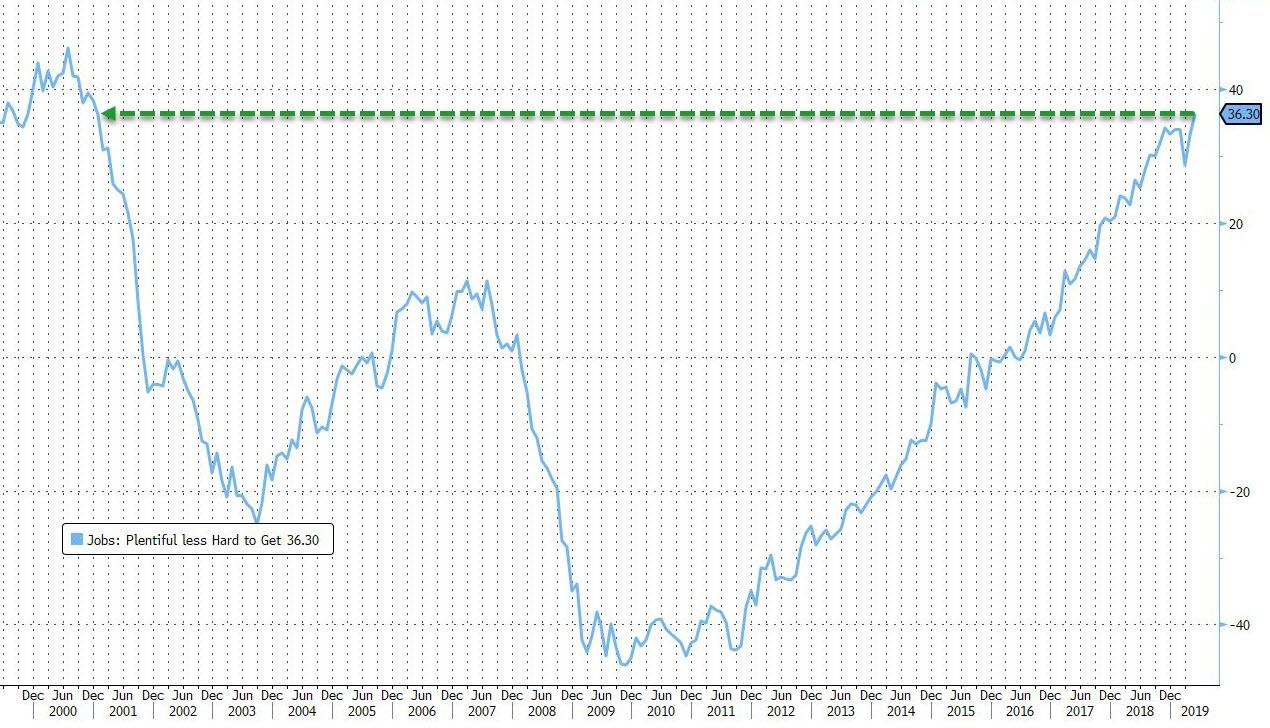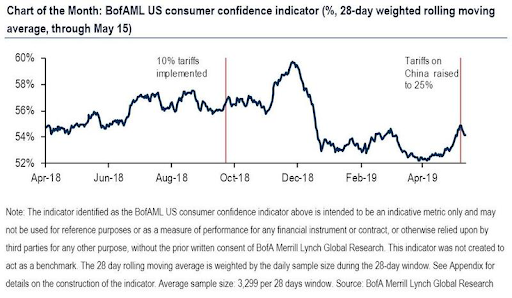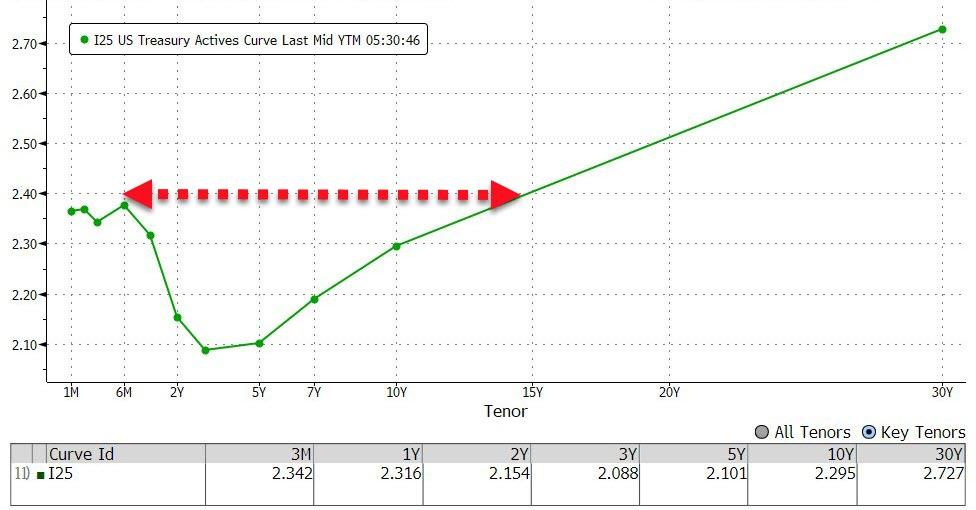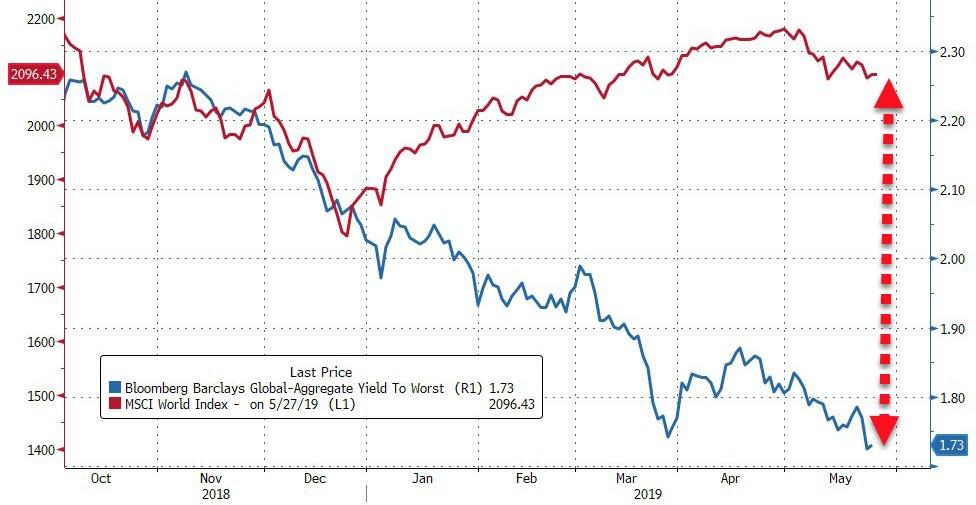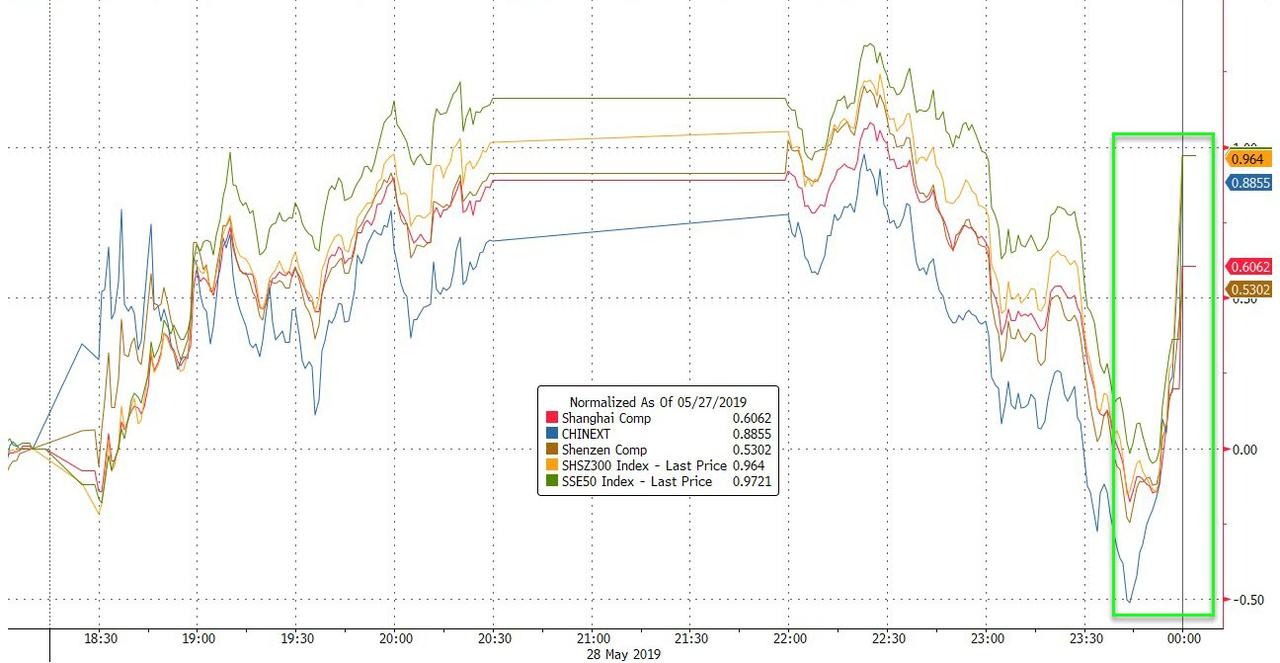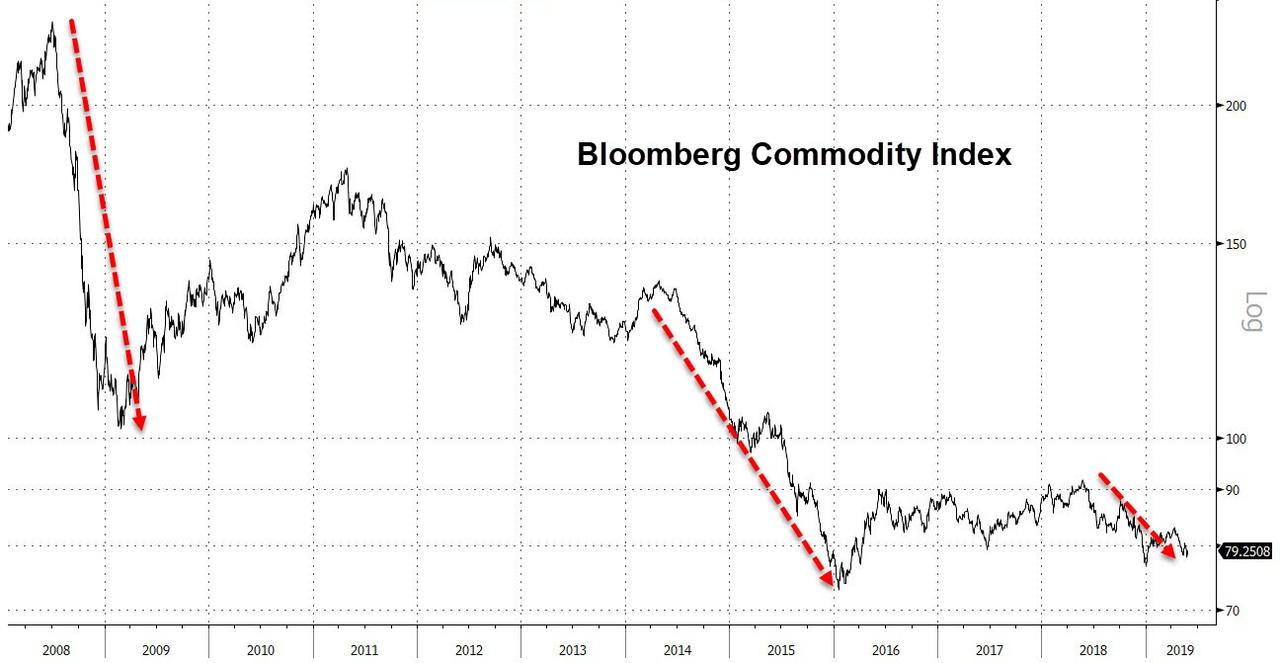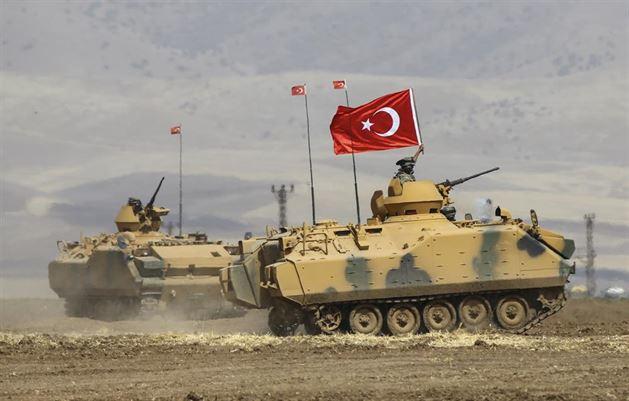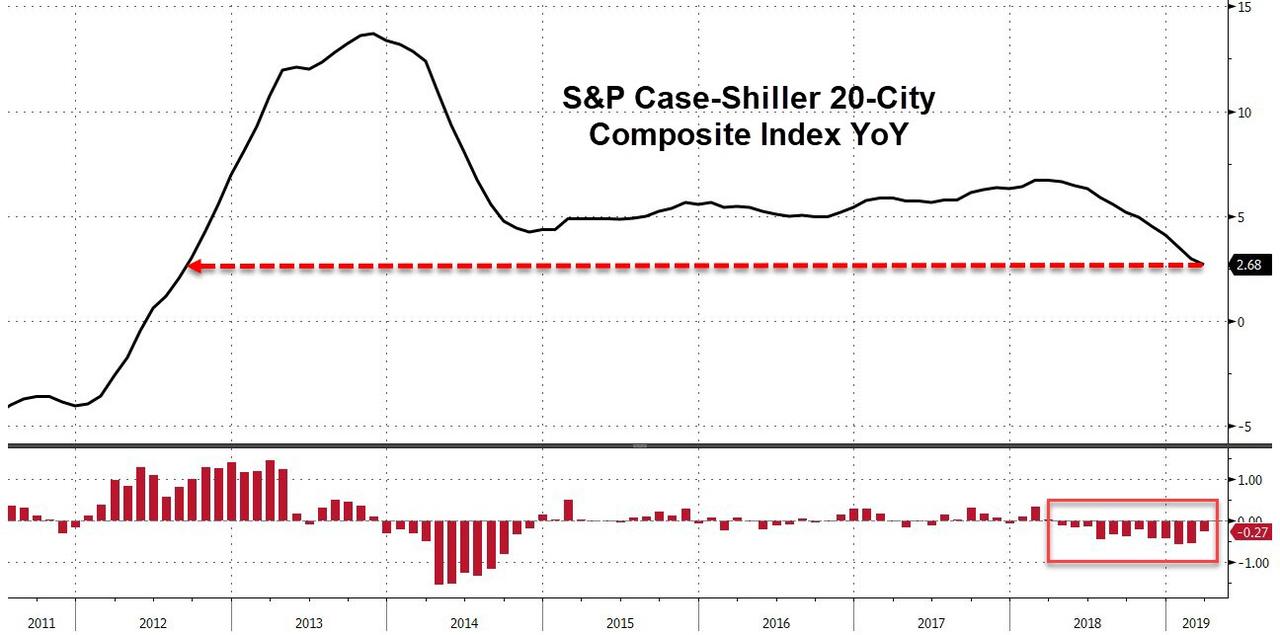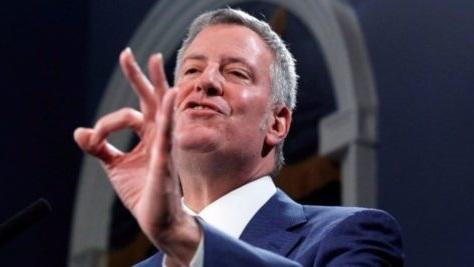Amazon is set to purge many of its small suppliers over the next few months, according to Bloomberg. The purge could shatter the generally favorable relationship between Amazon and many of its long-time vendors, as we first discussed last month when we reported that Amazon was accused of “crushing” its merchants by undercutting products with its own.
The move is supposed to help cut costs and focus wholesale purchasing on large brands like Procter & Gamble, Sony and Lego. Amazon wants to ensure that the company has adequate supplies of “must-have” merchandise that will help it compete with companies like Target and Walmart. As a result, bulk orders for thousands of smaller suppliers may dry up over the next few months.
It also means that many smaller retailers that have relied on Amazon for a steady stream of orders will have to win sales one shopper at a time on the platform’s marketplace. This marks one of the large shifts in Amazon strategy since it opened the site up to independent sellers nearly 2 decades ago.
James Thomson, who organizes the Prosper Show, an annual e-commerce conference focused on Amazon said that “this is the kind of change that will scare the living daylights out of brands selling on Amazon. Amazon usually doesn’t give a lot of lead time and brands will be left scrambling. If they make this change soon, brands will have until the end of the summer to get their acts together or their holiday quarter will be at risk.”
Amazon stated: “We review our selling partner relationships on an individual basis as part of our normal course of business, and any speculation of a large scale reduction of vendors is incorrect.”
Amazon traditionally secures inventory in two ways: it buys items directly from wholesale vendors and resells them, and it allows independent merchants to post their own products on site, similar to a consignment model. About half the goods sold on the site come from independent merchants and the change will push the company’s marketplace share of revenue even higher.
It’s one of the latest moves in Amazon‘s “hands off the wheel” initiative, which is supposed to help it continue expanding product selection without spending more to oversee it. The initiative includes other automated tasks that were previously done by human employees, like forecasting demand and negotiating prices. It also involves pushing more Amazon suppliers to sell goods on their own so that Amazon doesn’t have to pay people to do it for them.
An additional upside for Amazon is that the company holds less inventory, reducing the risk that it gets stuck with unsold merchandise. Instead, Amazon can collect a commission on each sale a vendor makes and charge them fees to store, pack and deliver their goods. Vendors that sell less than $10 million per year will no longer get wholesale orders from Amazon, although the purge will vary by category.
Amazon also didn’t renegotiate its annual terms with many smaller vendors – a move that telegraphs that a supplier shakeout is continuing. The company also isn’t filling many vacant vendor manager positions, according to an anonymous source, indicating that the company will expect to need fewer people to handle supplier relationships in the future.
Amazon began discussing which vendors it would keep last fall. Employees who manage vendor relationships were able to make a written argument about suppliers that should not be cut, but the decision ultimately fell into the hands of senior leaders of the company.
Amazon has tried to make a shift to its marketplace over the last few years. The marketplace generated more than half of the site’s e-commerce sales last year and revenue from merchant services is still growing at double the pace of revenue from its online store. CEO Jeff Bezos said of marketplace sellers in his annual shareholder letter: “…they were kicking our first-party butt. Badly.”
Regardless, while Amazon is looking to be more like Walmart and Target, those two competitors are copying Amazon‘s marketplace model to increase selection. US shoppers are estimated to spend $317 billion on Amazon this year, which will represent 52.4% of all online sales. Profits have increased for seven quarters in a row, a trend that is expected to continue this year.
One month ago, we wrote about accusations that Amazon was “crushing” its merchants by stealing their product ideas and undercutting them on prices, while giving their own Amazon-branded products premium real estate on their website.
While Amazon says its own products represent only about 1% of total sales, the giant has been stepping up efforts to recruit Chinese suppliers and manufacturers directly, in order to cut merchants out of the equation. These new Chinese players have also entered the picture at the same time “an explosion” of counterfeit products and fake reviews have hit the site; two issues prominent in Chinese e-commerce.
“Amazon crushes small companies by copying the goods they sell on the Amazon Marketplace and then selling its own branded version,” Senator Elizabeth Warren has previously said.
Anderson Salgado, a former Amazon vendor manager and CEO of Trisbell, a consulting firm that helps people sell products on Amazon said that it takes about 120 days to shift from an Amazon wholesale supplier to marketplace seller. Smaller vendors should prepare now, he said.
He concluded: “If this happens soon and people are not ready for it, they will not be ready during the holidays. The people who get ahead of the game are going to thrive.”
via ZeroHedge News http://bit.ly/2EDLppb Tyler Durden


